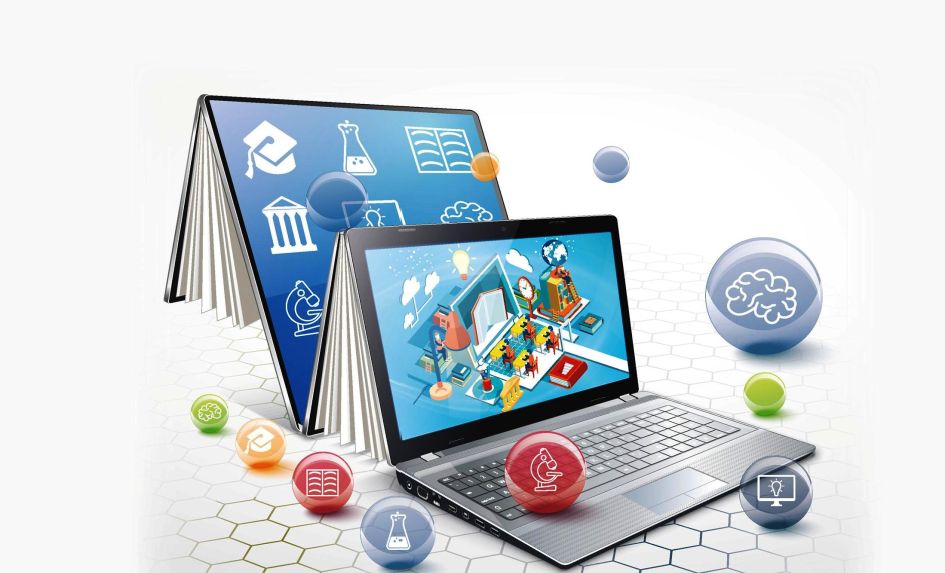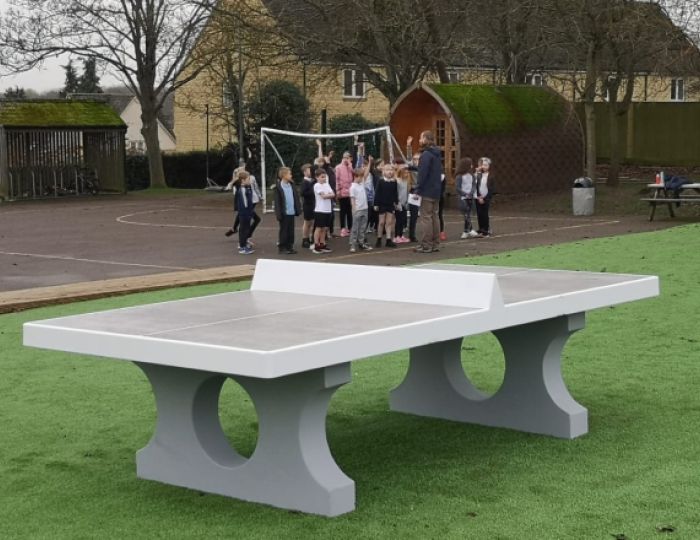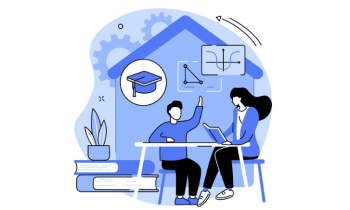With government guidance that schools should prepare for potential local lockdowns, the possibility of primary schools having to revert to remote learning is still very real. For teachers, the last six months has presented a steep learning curve, not only in terms of getting to grips with new technologies but also in the challenge of keeping younger primary students engaged at distance. It’s much harder to keep children engaged in remote learning than in a classroom, especially for younger students where parents play an increased role in the success of home-learning.
While we are hoping that classrooms remain open and safe, contingency must be in place for remote teaching. So, what are the key considerations primary schools need to take to ensure that, should the worst happen, they are in the best position to deliver for their students?
1. Communication and collaboration, not just content
Much has been made of the vast amount of useful and quality content available for teachers to utilise throughout lockdown - Oak Academy, BBC Bitesize to name but two. However, while the government’s approach seems to be that ‘content is King’, it fails to recognise there is a lack of direction on how schools should effectively deliver that content while promoting communication and collaboration. If the pandemic has taught us anything it is that having access to tools that promote collaboration and communication at their core is vital. Content is nothing without the mechanism to deliver it remotely. Teachers need to collaborate not only with each other but with students and parents, while also having the ability to communicate with distinct groups and individuals safely.
Having one platform that the whole school community can use to communicate and collaborate is vital. Schools should consider cloud-based teaching and classroom management platforms that build in security and easy communication tools. Making sure teachers are aligned on the platforms and technologies they are using also provides much needed continuity for young students.
2. Keep it social, keep it interactive
According to the Educational Development Trust, “good remote learning needs to be understood as a social phenomenon and not an exercise in supported self-study. Aspects of social interaction which can be taken for granted in face-to-face teaching situations need to be explicitly built into the design of remote teaching approaches in a highly intentional way for them to be effective.”
Thanks to technology, it’s very easy to make social interaction a big part of your lessons. Instead of expecting students to sit and listen to you talk about a topic, come up with lesson plans that involve sharing videos and pictures. For example, if you are teaching children about pollination, you could ask them to take photos of bees in flowers and share them with the group. It doesn’t always need to be about lessons and learning. Ask each child to make a short video of what they did each weekend – it’s a fun way to keep children connected with each other.
Interactive learning is also important and there are technologies that can help encourage online interactivity. Ask openended questions, encourage everyone to take part in group discussions, and create simple quizzes and fill-in-the-blank activities. Use remote in-class surveys to encourage participation and gain feedback.
Look for the right cloud platform learning tool to ensure younger children can access lessons quickly and easily. If they are not concentrating, you can gently draw them back in and keep them on task using communication and feedback tools. Finally, encourage students to partner up online to tackle larger tasks. Give them projects to work on in their own time and provide breakout spaces where they can chat about tasks they are doing. Keep lessons short and try to avoid anything that involves you talking at the screen for an hour.
3. Lack of control and discipline
A lot of the control teachers take for granted over students comes largely from the environment. Eliminating outside stimuli and being in a space dedicated to learning puts students in a much different frame of mind than at home close to all the creature comforts they’re accustomed to. The only solution here is to be equipped with tools that allow you or your staff to control activity online and eliminate distractions. Tools like our classroom.cloud, for instance, make managing online learning much easier by allowing teachers to see how students are using their internet during classes. Such tools allow teachers to lock certain apps completely or certain pages. They can also allow for easy direct communication between students and teachers and to test the progress of students through small surveys among other things.
4. Engage parents
For the very youngest KS1 students it is often too much to ask parents to dedicate the time and attention needed to ensure they engage in an online lesson. This can lead to a lack of communication and feedback between parents, children and teachers. The usual progression observations that teachers and TAs will monitor in the classroom can be lost at home.
Here is where technology can play a pivotal role. Platforms and tools designed specifically for KS1 and KS2 should be considered – especially where they allow for parents and carers to contribute photos, videos, audio and text notes for their child’s learning, complementing classroom observations. Using platforms such as ReallySchool can allow teachers to easily give individual parents and carers specific guidance for their child such as suggested support, resources and challenges. Using such tools can also provide parents with a clear framework for supporting their children, encouraging greater engagement and useful communication with teachers.
Ensuring effective remote teaching takes preparation, planning, creativity, and collaboration. School leaders have a massive role to play in supporting teachers by ensuring they have access to technologies and tools that promote effectiveness. Don’t leave your teachers to figure it out for themselves. Adopting a school-wide strategy underpinned by platforms designed for class and home will ensure that teachers, students and parents are ready for any learning scenario.
To support schools with the ongoing challenge of providing remote and blended learning NetSupport has launched an easy-to-use, cloud-based teaching and classroom management platform, classroom.cloud (https://classroom.cloud/), free to try for 30 days.
Four features to look for
- Does the platform support blended learning? Maintaining continuity and consistency is so important – for both learners and teachers. Having one platform that can seamlessly switch between in-class and remote learning provides that continuity and helps minimise disruption.
- How does the platform help students stay on task? Cloud platforms can help teachers easily monitor students’ screens, the applications they’re using, websites they’re visiting, what they’re typing, who they’re collaborating with – and help out swiftly when support is needed, in class and remotely.
- Does it support interaction and feedback? Using chat and messaging tools to interact with the class and giving every student a voice, using quick polls to gain an insight into everyone’s topic understanding can be used in both the classroom and in remote settings to great effect.
- What features does it have to help manage behaviour? Choose tools that focus students and keep them safe online by controlling web and application use – removing distractions and preventing access to unsuitable content.
Al Kingsley, MD at NetSupport, school governor for 15 years and Multi Academy Trust Chair










